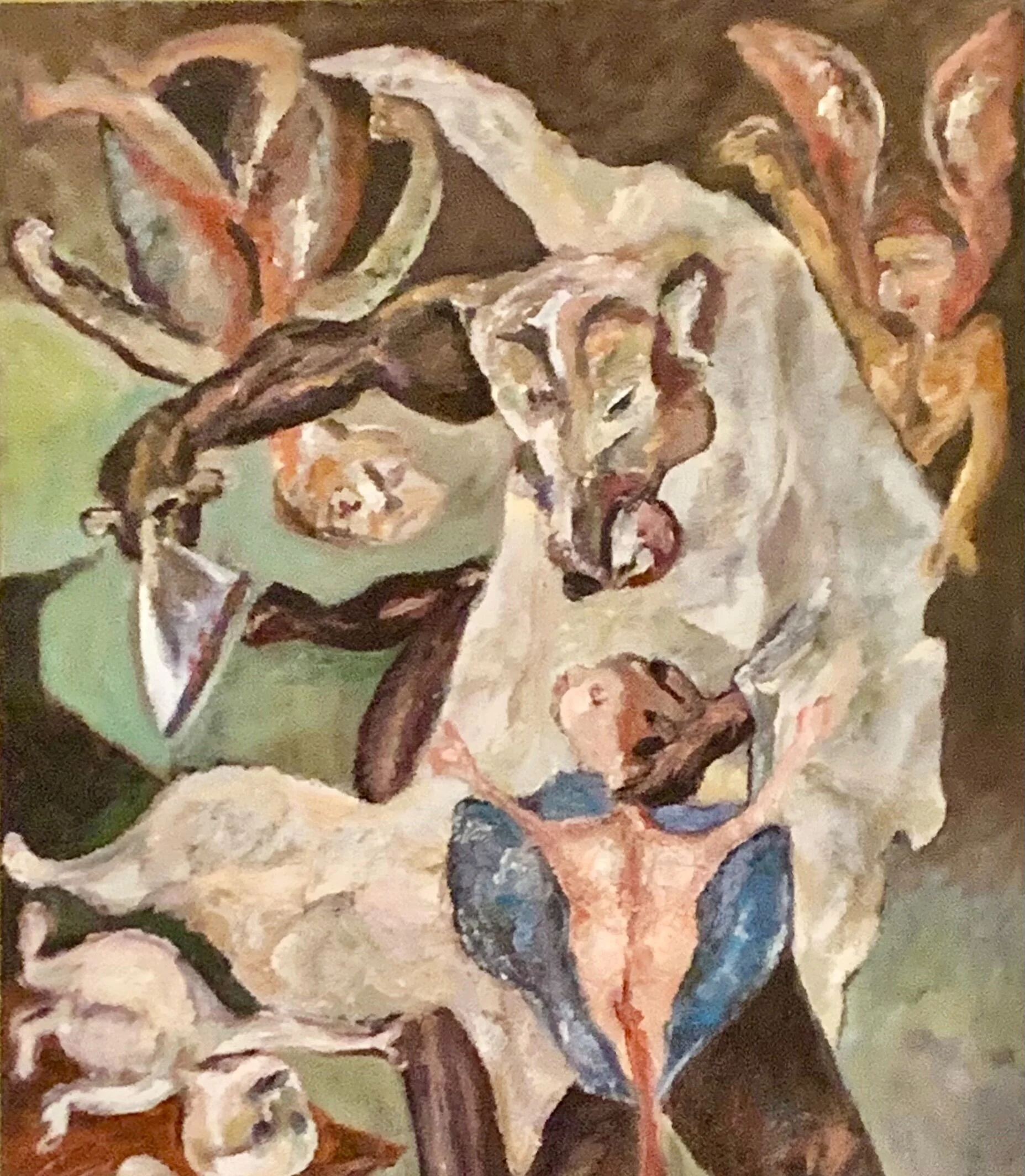By Selma Carvalho
Issue no 25
At the heart of the controversy lies Teha’amana, his muse, barely thirteen (or was she eleven) when forty-three-year-old Gauguin, by arrangement with her Foster Mother, took her as his ‘bride.’ Could Teha’amana give her consent in such an arrangement? And if we assume some diluted and distorted form of consent, did she have any agency in this action?














